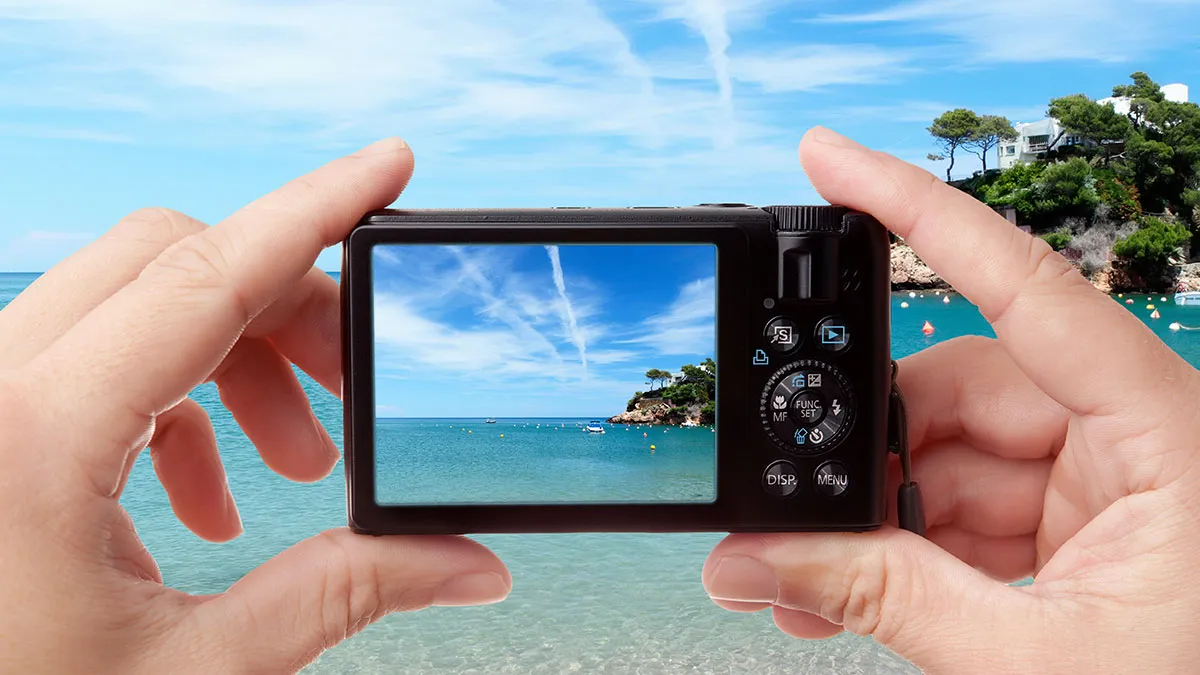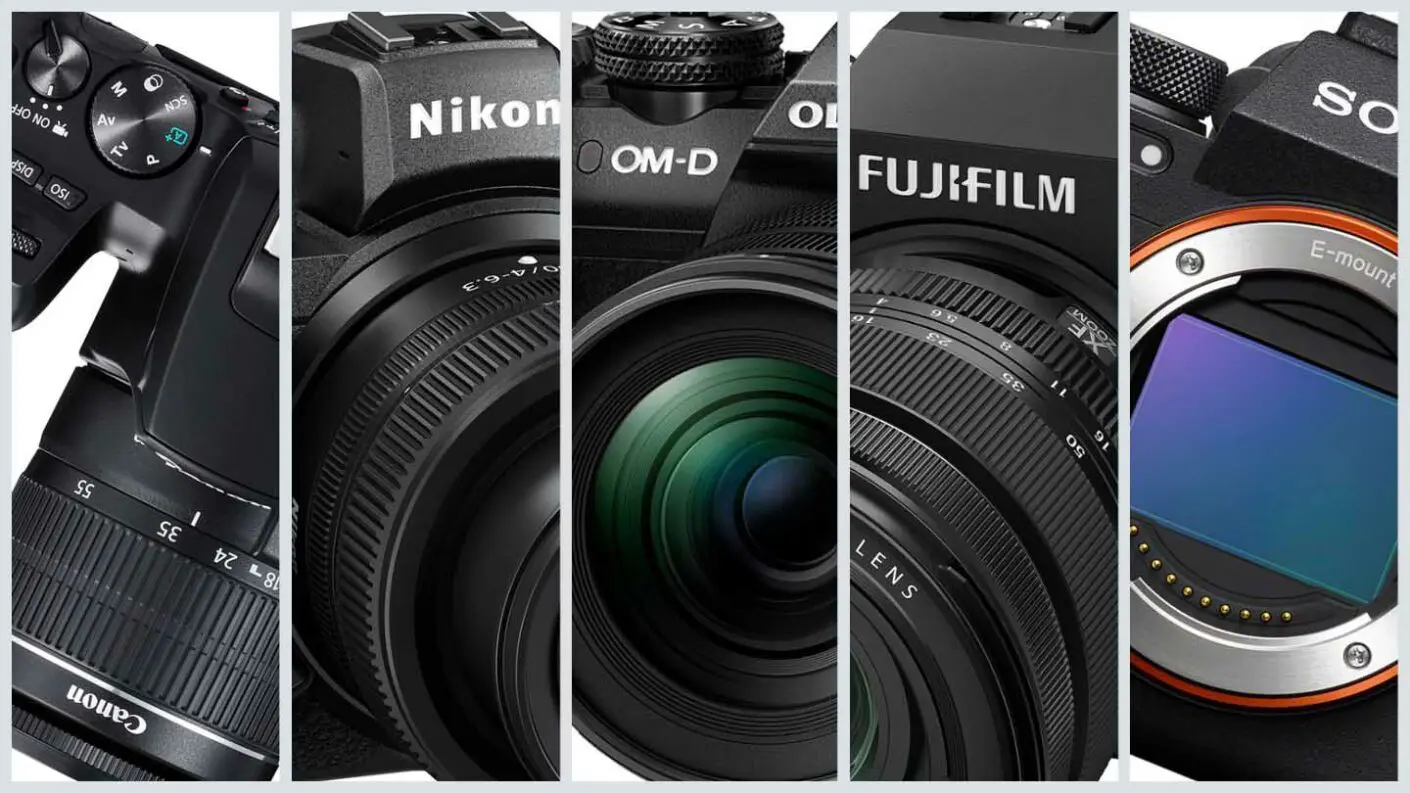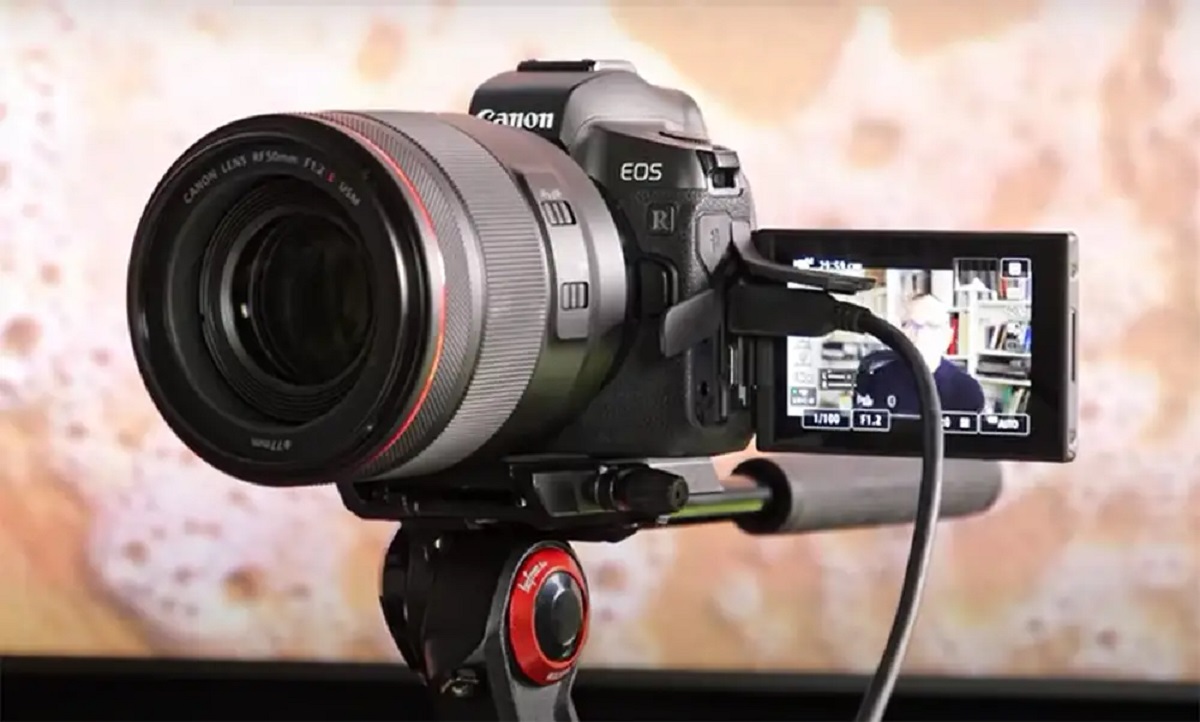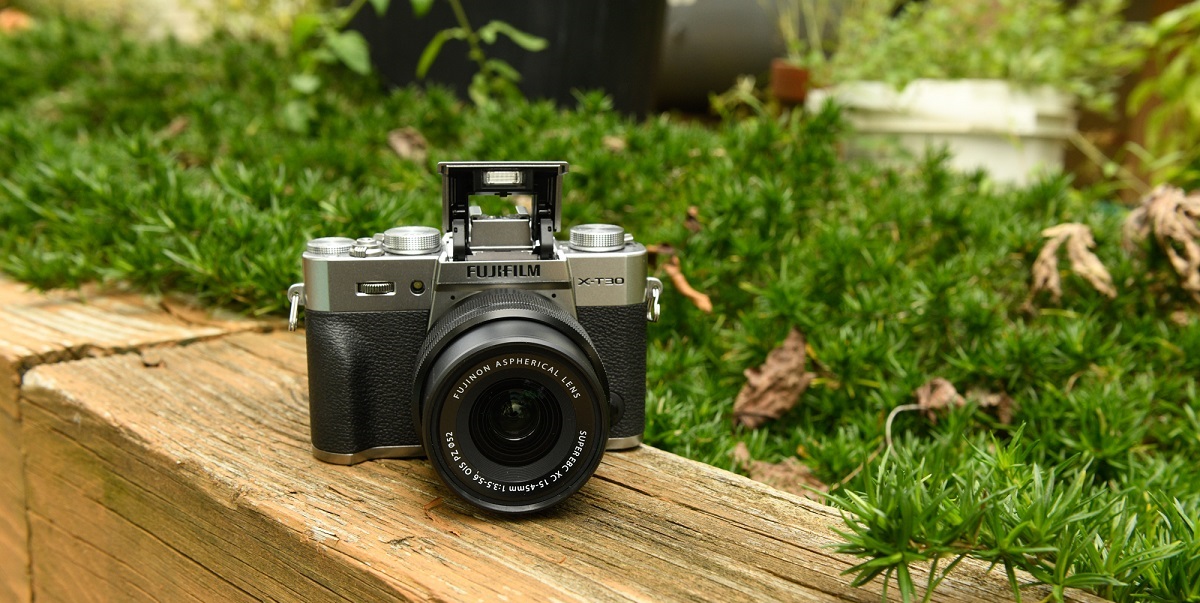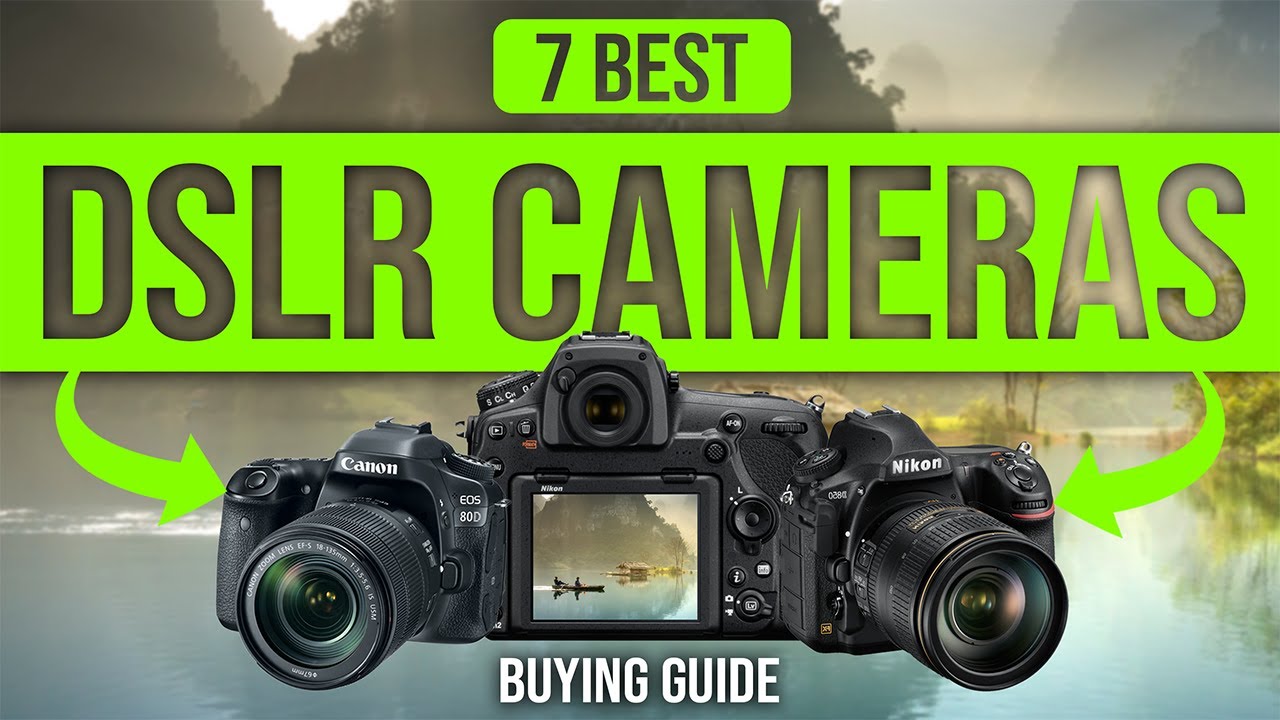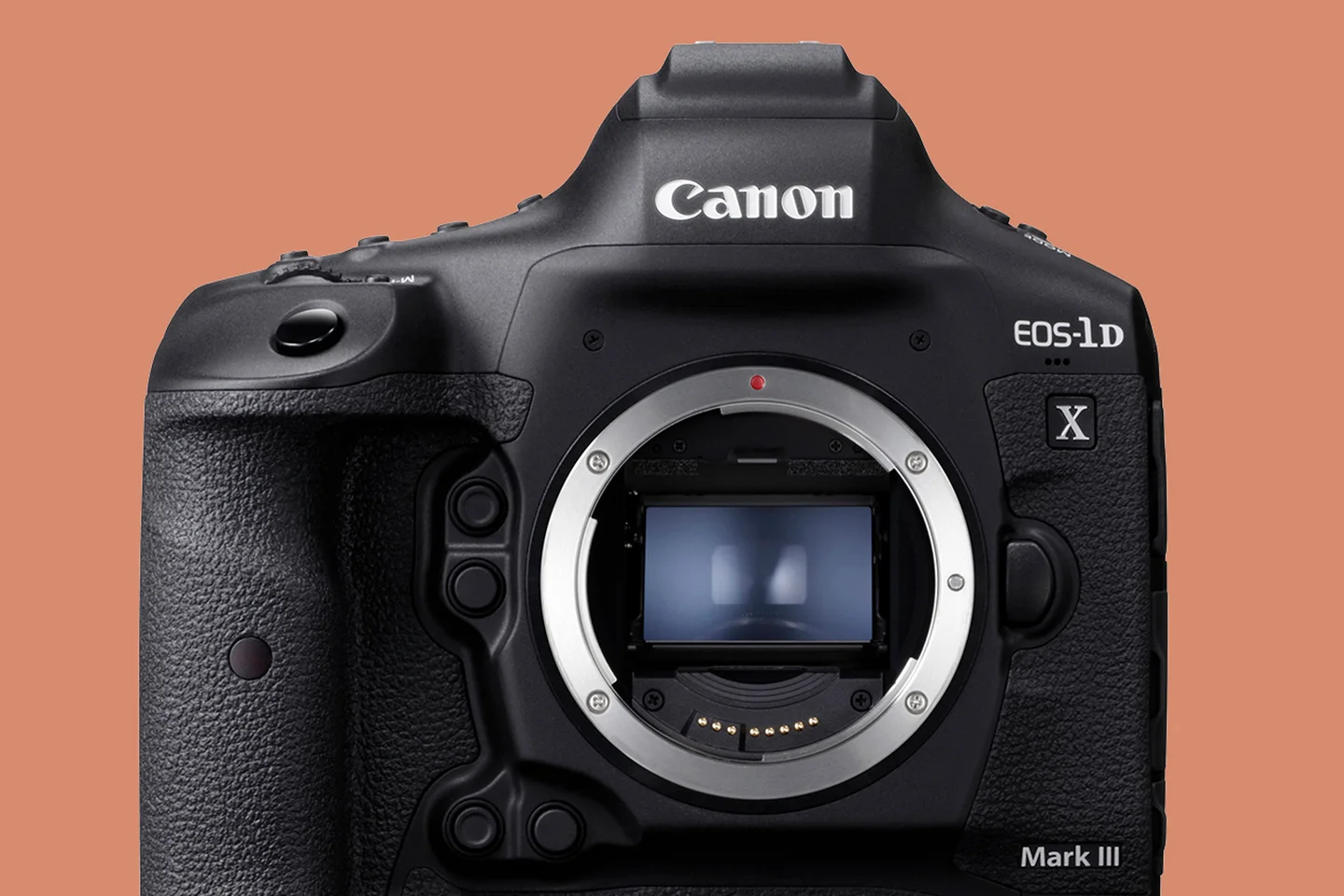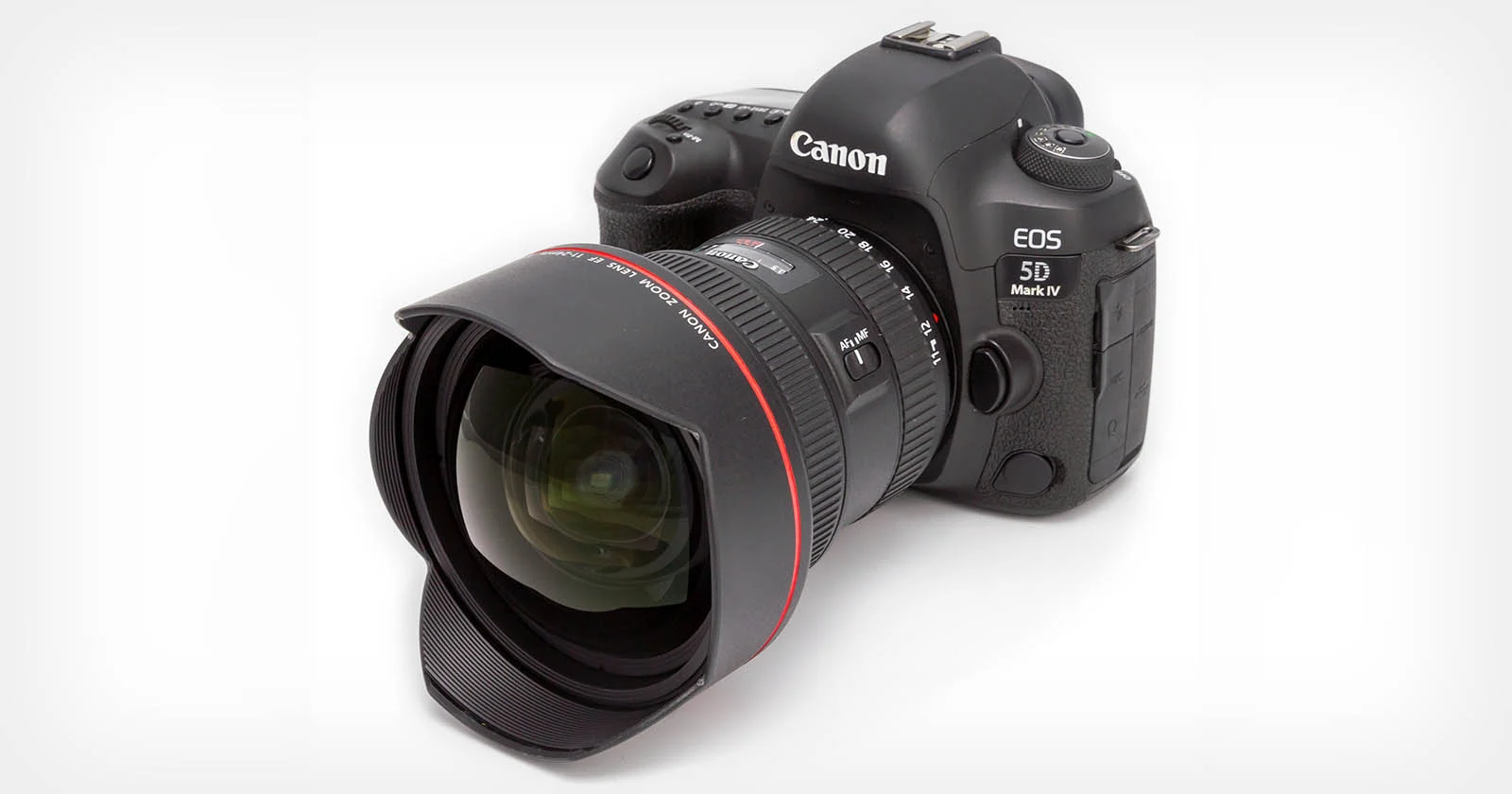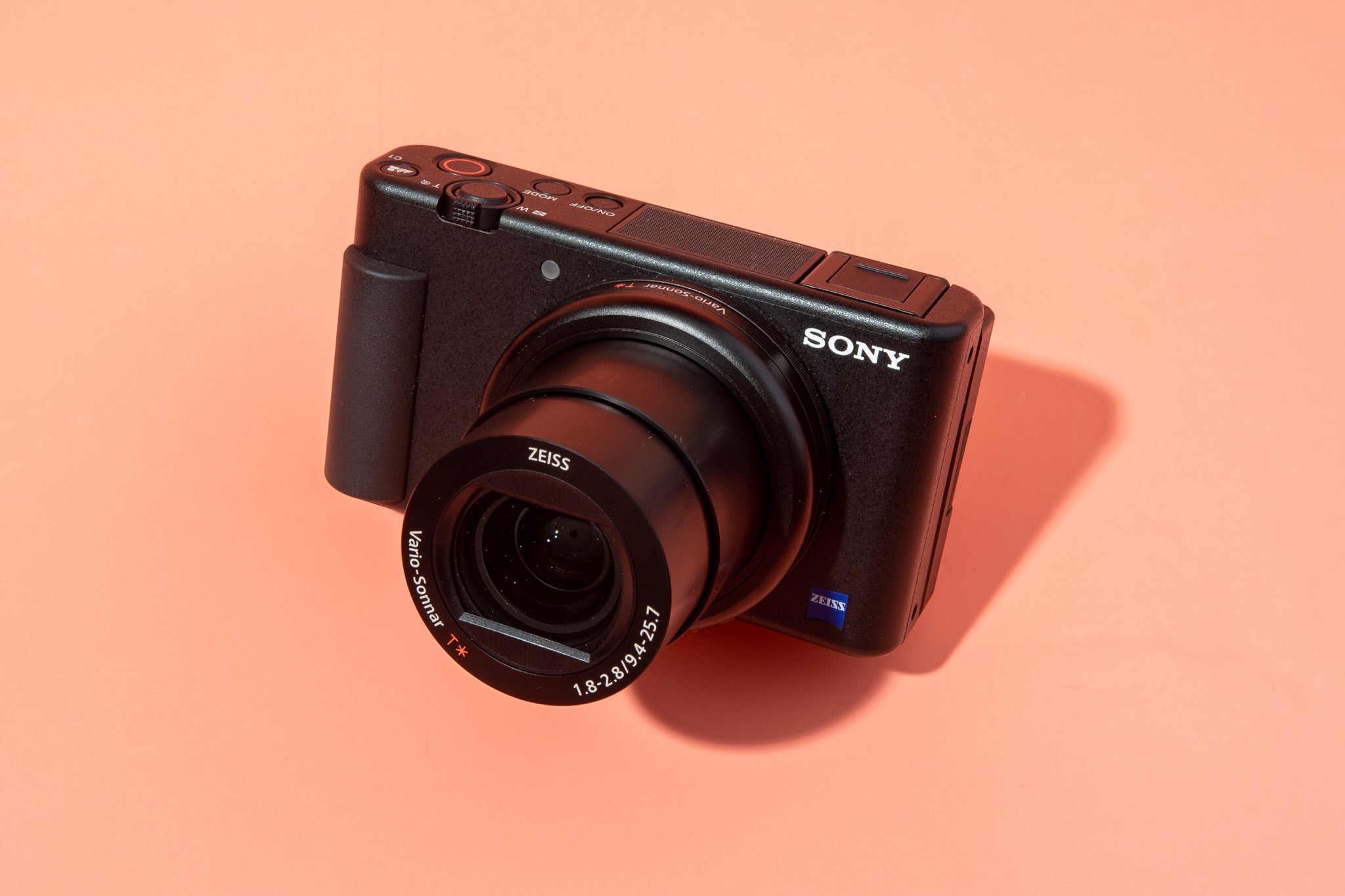Introduction
Choosing the right point and shoot digital camera can be a daunting task with the wide range of options available in the market. Whether you are a beginner looking to capture special moments or a seasoned photographer in need of a compact and portable camera, this guide will help you make an informed decision. In this article, we will explore the key factors to consider when selecting a point and shoot digital camera.
A point and shoot camera, also known as a compact camera, is designed for simplicity and convenience. These cameras are compact in size and offer user-friendly features that make them perfect for everyday use. Whether you’re capturing family gatherings, vacations, or simply want a camera that fits in your pocket, a point and shoot camera can meet your needs.
When it comes to choosing a point and shoot camera, there are several factors to consider. Price, megapixels, zoom, image stabilization, size and weight, shooting modes, screen and viewfinder, battery life, memory card, connectivity, additional features, and brand reputation are all important considerations. Let’s explore each of these factors in more detail.
Price Range
The price range is often the first factor to consider when purchasing a point and shoot digital camera. Point and shoot cameras come in a wide range of prices, from budget-friendly options to high-end models. The price you are willing to pay will depend on your budget and the features you prioritize.
If you are a casual photographer looking for a basic point and shoot camera, you can find affordable options in the lower price range. These cameras may offer fewer advanced features but are suitable for everyday photography. However, keep in mind that cameras at the lower end of the price range may have limitations in terms of image quality and performance.
On the other hand, if you are a photography enthusiast or professional looking for more advanced capabilities, you may consider investing in a high-end point and shoot camera. These cameras offer features like larger sensors, faster autofocus, and more manual control options. They are designed to deliver exceptional image quality and performance but come at a higher price point.
It’s important to strike a balance between your budget and the features you need. Consider your photography needs and preferences, and choose a point and shoot camera that offers the right combination of features within your desired price range. Remember to research and compare prices from different retailers to ensure you get the best deal.
Megapixels
Megapixels refer to the resolution of the images captured by a point and shoot camera. It is often believed that a higher number of megapixels leads to better image quality. While this can be true to some extent, it’s not the sole determining factor.
When it comes to megapixels, it’s important to strike a balance. Higher megapixel cameras are suitable if you plan to print your photos in larger sizes or crop them extensively without losing image quality. They allow for more details to be captured in the image. However, if you primarily share your photos on social media or view them on digital devices, cameras with lower megapixels can still deliver excellent image quality.
It’s worth noting that more megapixels can result in larger file sizes, which may require more storage capacity and processing power. Additionally, higher megapixels alone do not guarantee better image quality. The image sensor size, lens quality, and image processing capabilities also play a significant role.
Overall, the ideal megapixel count depends on your specific needs and usage. For most casual photographers, a point and shoot camera with a moderate megapixel count, around 16-20 megapixels, is sufficient to capture high-quality images for sharing and printing. However, if you have specialized photography needs or prefer to have the flexibility to crop and enlarge your photos extensively, you may opt for a higher megapixel camera.
Remember, while megapixels are important, they are just one aspect of the overall image quality. Consider factors like sensor size, lens quality, and image processing capabilities as well to ensure you choose a point and shoot camera that captures sharp and vibrant images.
Zoom
The zoom capability of a point and shoot digital camera is an essential feature to consider, as it allows you to get closer to your subject without physically moving. There are two types of zoom to consider: optical zoom and digital zoom.
Optical zoom refers to the camera’s ability to adjust the lens physically, providing a true zoom effect. This type of zoom preserves image quality, as it magnifies the subject optically. Look for a camera with a higher optical zoom range, such as 8x, 10x, or even higher, if you frequently capture distant subjects or want the flexibility to get closer to your subjects without sacrificing quality.
On the other hand, digital zoom enlarges the image by cropping and interpolating pixels, which can lead to a loss in image quality. It is essentially a magnification of the image captured by the sensor. While digital zoom can provide an extended zoom range beyond the optical zoom, it is not recommended if you prioritize image quality. It is better to rely on optical zoom and crop the image later if needed.
Consider your photography needs. If you frequently photograph wildlife, sports, or any other subjects that require zooming in from a distance, investing in a camera with a higher optical zoom range will serve you well. However, if you primarily capture close-up subjects or do not require extensive zooming capabilities, a camera with a moderate optical zoom range may suffice.
Furthermore, some point and shoot cameras offer additional features like optical image stabilization, which helps reduce blur caused by camera shake, especially when using the zoom function. This feature can greatly enhance the usability and image quality when shooting at longer focal lengths.
Remember, when choosing a camera based on zoom capabilities, always prioritize optical zoom over digital zoom to ensure better image quality and flexibility in capturing subjects at various distances.
Image Stabilization
Image stabilization is a crucial feature to consider when selecting a point and shoot digital camera. It helps reduce blurriness caused by camera shake, resulting in sharper and clearer photos, especially in low light conditions or when using a higher zoom level.
There are two primary types of image stabilization: optical image stabilization (OIS) and electronic image stabilization (EIS).
Optical Image Stabilization (OIS) uses mechanisms inside the camera lens to counteract any movements or vibrations. It adjusts the lens elements to compensate for camera shake, resulting in sharper images. Cameras equipped with OIS are particularly beneficial for handheld photography in low light situations or when using higher zoom levels.
Electronic Image Stabilization (EIS) counteracts camera shake by processing the image electronically. It uses algorithms to analyze the captured frames and apply electronic adjustments to compensate for any movements. While EIS can be effective to some extent, it may not be as effective as OIS, especially in challenging shooting conditions.
When considering a point and shoot camera, it’s recommended to opt for one that incorporates optical image stabilization. This feature can greatly enhance the usability and image quality, allowing you to capture sharper photos even in less-than-ideal shooting conditions.
Keep in mind that image stabilization is particularly beneficial for certain situations, such as low light photography, capturing fast-moving subjects, or shooting with longer focal lengths. If you frequently engage in such types of photography, investing in a camera with reliable image stabilization will greatly improve your results.
Remember to check the specifications and reviews of the camera to ensure that the image stabilization feature is effective and performs well in real-world shooting scenarios. Testing the camera in person, if possible, can also help determine how well the image stabilization system works for your specific shooting style and needs.
Size and Weight
The size and weight of a point and shoot digital camera are essential considerations, especially if you value portability and convenience. These cameras are designed to be compact and lightweight, making them easy to carry around and use on-the-go.
When it comes to size and weight, there is a trade-off between portability and functionality. Smaller, pocket-sized point and shoot cameras are incredibly portable, fitting comfortably in your pocket or bag. They are ideal for everyday use and spontaneous photography. However, they may have limitations in terms of features, image quality, and controls due to their compact size.
Larger point and shoot cameras may offer more advanced features, larger sensors, and better image quality. They often have more manual control options and a more ergonomic design, giving you a better grip and handling. However, they can be less portable and may require a dedicated camera case or bag for transportation.
Consider your intended usage and photography needs when deciding on the size and weight of the camera. If you primarily take photos during travels or outdoor activities, a compact and lightweight camera would be preferable. On the other hand, if you require more advanced features and are willing to trade off a bit of portability, a slightly larger camera may be suitable.
Additionally, look for cameras with a comfortable grip and intuitive button placement. This will ensure a comfortable shooting experience, especially for prolonged use. If possible, visit a physical store and try holding and operating the camera to assess its comfort level.
Remember that there is no one-size-fits-all answer when it comes to the size and weight of a point and shoot camera. It ultimately depends on your personal preferences, intended usage, and the balance you seek between portability and functionality.
Shooting Modes
Shooting modes are a key feature of point and shoot digital cameras, offering different presets and settings to optimize your photography experience. These modes are designed to simplify the process of capturing various types of scenes, ensuring the camera settings are tailored to the specific shooting conditions.
Common shooting modes found in point and shoot cameras include:
- Auto Mode: This mode allows the camera to automatically adjust settings like exposure, white balance, and focus for optimal results in various lighting conditions. It is ideal for beginners or when you want the camera to handle all the technical aspects.
- Portrait Mode: This mode emphasizes human subjects, typically by using a wide aperture to create a blurred background (known as a shallow depth of field). It is perfect for capturing portraits with a pleasing bokeh effect.
- Landscape Mode: Designed for capturing expansive scenery with crisp details throughout the frame. This mode typically uses a smaller aperture to maximize the depth of field and ensure sharpness from the foreground to the background.
- Macro Mode: Enables close-up photography, allowing you to focus on subjects at a very short distance. This mode is ideal for capturing intricate details of small objects like flowers, insects, or jewelry.
- Sports Mode: Optimized for action photography, this mode uses fast shutter speeds to freeze fast-moving subjects, ensuring sharp images. It may also boost the ISO to maintain proper exposure in challenging lighting conditions.
- Night Mode: Specifically designed for low light conditions, night mode enables the camera to use longer exposures, higher ISO settings, and other techniques to capture well-exposed images in dimly lit environments.
These are just a few examples of shooting modes that are commonly found in point and shoot cameras. Depending on the model, there may be additional modes tailored for specific applications or creative effects, such as black and white, panorama, or HDR (High Dynamic Range).
Consider your photography preferences and the types of scenes you frequently capture. Look for a camera that offers a variety of shooting modes that align with your needs. The availability and functionality of these modes will enhance your creative possibilities and help you achieve desired results effortlessly.
Furthermore, some point and shoot cameras also provide semi-manual or manual shooting modes, allowing you to take full control of settings like aperture, shutter speed, and ISO. This can be beneficial if you have a deeper understanding of photography and prefer to have more control over the camera’s settings.
Ultimately, the range and versatility of shooting modes will significantly impact your experience with a point and shoot camera, offering convenience and flexibility to capture different types of scenes accurately.
Screen and Viewfinder
The screen and viewfinder of a point and shoot digital camera play a crucial role in composing your shots and reviewing your images. They provide a visual interface to help you frame your subjects and ensure accurate focus and exposure.
The most common type of screen found on point and shoot cameras is an LCD screen. These screens vary in size, resolution, and functionality. A larger screen with higher resolution allows for better visibility and more accurate framing of your shots. Touchscreen functionality can also make navigating menus and adjusting settings more intuitive and convenient.
Some advanced point and shoot cameras also feature an electronic viewfinder (EVF) in addition to the LCD screen. The EVF is a small eyepiece located at the back of the camera, simulating the experience of looking through a traditional optical viewfinder. A viewfinder provides a clear and direct view of the scene, making it easier to compose shots, especially in bright sunlight where the glare on an LCD screen can be obstructive.
When considering the screen and viewfinder, there are a few factors to keep in mind. Firstly, if you often shoot in bright outdoor conditions, a camera with an LCD screen that has good brightness and anti-glare properties will ensure clear visibility. Additionally, if you prefer the traditional feel of looking through a viewfinder, opt for a camera that includes an electronic viewfinder for enhanced shooting experience.
Moreover, consider the adjustable angle and flexibility of the screen. Some models offer screens that can be tilted, rotated, or even flipped to allow for more creative angles and self-portraits. This flexibility can greatly expand your shooting possibilities and offer added convenience for framing shots from different perspectives.
Lastly, ensure that the screen and viewfinder offer a clear and accurate representation of the image. Choose a camera with good color reproduction and sufficient brightness to assess the exposure and focus of your shots accurately.
Overall, the quality and functionality of the screen and viewfinder can significantly impact your photography experience with a point and shoot camera. Take these factors into consideration to ensure that the camera you choose provides a clear and reliable visual interface for capturing and reviewing your images.
Battery Life
Battery life is an important consideration when selecting a point and shoot digital camera. The last thing you want is for your camera to run out of power in the middle of a photo shoot or while on vacation. Therefore, it’s essential to choose a camera that offers good battery life to ensure you can capture all your desired moments without interruption.
The actual battery life of a camera depends on various factors, including the battery capacity, camera settings, shooting conditions, and usage patterns. Camera manufacturers usually provide an estimate of the number of shots or recording time that can be achieved on a single charge.
When comparing cameras, look for those with longer battery life or higher-rated battery capacity. Keep in mind that using features like flash, LCD screen, Wi-Fi, and continuous shooting will drain the battery faster. Therefore, consider your shooting style and needs when evaluating the estimated battery life provided by the manufacturer.
It’s also helpful to have additional batteries or a portable battery charger, especially when you’re away from power sources for an extended period. This ensures that you can easily swap out batteries and continue shooting without interruption.
Another factor to consider is the type of battery used. Cameras commonly use proprietary rechargeable batteries, and the availability and cost of these batteries can vary. It’s worth checking the cost of spare batteries and their availability in case you need to replace or carry spares with you.
Additionally, consider the charging options available for the camera’s battery. Some cameras can be charged via USB, allowing for convenient charging using a power bank or computer. This can be particularly useful when traveling or when you don’t have access to traditional power outlets.
Remember, battery life is a crucial aspect to consider, especially if you plan on using your point and shoot camera extensively or in situations where you might not have immediate access to charging facilities. Choose a camera with good battery life and consider carrying additional batteries or a portable charger to ensure you can capture all your moments without worrying about running out of power.
Memory Card
The memory card is an essential component of a point and shoot digital camera, as it is used to store your captured photos and videos. Choosing the right memory card is crucial to ensure you have enough storage capacity and reliable performance for your photography needs.
When selecting a memory card, there are a few key factors to consider:
- Storage Capacity: The storage capacity of memory cards can vary greatly, from a few gigabytes (GB) to several terabytes (TB). Consider your photography habits and the volume of photos and videos you capture. If you frequently shoot high-resolution images or record videos, opt for a larger capacity memory card to avoid reaching the card’s limit.
- Speed Class: Memory cards have different speed classes that indicate their data transfer speed. The speed class is denoted by a number within a letter “C,” such as Class 10 or UHS-I. A higher speed class ensures faster read and write speeds, which is essential for capturing continuous shots, recording high-definition videos, and transferring files quickly. Consider using a memory card with at least Class 10 speed or higher for optimal performance.
- Compatibility: Ensure that the memory card you choose is compatible with your camera. Common memory card formats for point and shoot cameras include SD (Secure Digital) cards and microSD cards (with an adapter for usage). However, there are various SD card generations and sizes, so check your camera’s specifications to determine the compatible format.
- Brand: Stick to reputable brands when choosing a memory card. Trustworthy brands tend to provide better quality control, reliability, and better customer support. They also offer warranty coverage in case of any issues with the memory card.
It’s recommended to have at least one spare memory card, especially if you plan on taking a significant number of photos or recording long videos. Additionally, regularly backing up your photos and videos from your memory card to a computer or other storage devices is essential to prevent data loss.
Lastly, it’s worth noting that memory cards can be delicate and sensitive to extreme temperatures and physical damage. Handle them with care, store them in protective cases, and avoid exposing them to water or other damaging elements.
Consider your storage needs, speed requirements, and compatibility when selecting a memory card for your point and shoot camera. Investing in a reliable and high-quality memory card will ensure you have ample space and smooth performance for capturing and storing your precious memories.
Connectivity
Connectivity options are an important consideration when choosing a point and shoot digital camera. They enable you to transfer your photos and videos quickly and easily, as well as provide additional functionality and convenience.
Most point and shoot cameras offer basic connectivity options such as USB and HDMI. USB connectivity allows you to connect the camera directly to a computer for transferring files or charging the battery. HDMI connectivity allows you to connect the camera to a compatible display device for viewing your photos and videos on a larger screen.
Wi-Fi and Bluetooth connectivity are increasingly common in newer point and shoot cameras. These wireless capabilities provide several advantages, including:
- Wireless File Transfer: Wi-Fi connectivity allows you to transfer your photos and videos directly to your smartphone, tablet, or computer without the need for cables or a card reader. This makes it convenient to share your images on social media, backup your files to the cloud, or edit them using mobile apps.
- Remote Control: Some cameras with Wi-Fi or Bluetooth connectivity offer remote control functionality. You can control the camera settings, trigger the shutter remotely, or even access live view through a smartphone or tablet. This is useful for group shots, self-portraits, or when you want to capture wildlife without disturbing them.
- Geotagging: Certain cameras with built-in GPS or Wi-Fi can automatically add location data to your photos. This allows you to keep track of where each photo was taken, making it easier to organize and categorize your images.
- Wireless Printing: Wi-Fi connectivity enables you to print your photos wirelessly to compatible printers, eliminating the need for transferring files to a computer first.
Consider the connectivity options that align with your needs and workflow. If you frequently share your photos online or prefer instant file transfer, a camera with Wi-Fi or Bluetooth capabilities will greatly enhance your experience. However, if you prefer a more traditional approach or primarily transfer files using a computer, basic USB connectivity may suffice.
It’s also worth noting that not all cameras have built-in Wi-Fi or Bluetooth capabilities. In such cases, you may need to use external accessories or adapters to achieve similar functionality.
Overall, connectivity options can greatly enhance the convenience and usability of a point and shoot camera. Consider your preferred method of file transfer and sharing, as well as any additional features like remote control or geotagging, to ensure you choose a camera that suits your connectivity needs.
Additional Features
In addition to the core functionalities, many point and shoot digital cameras offer a range of additional features that can enhance your photography experience. These features are designed to provide creative options, improve image quality, and offer convenience. Here are some common additional features to consider:
- Artistic Filters and Effects: Some cameras come with built-in artistic filters and effects that allow you to apply creative touches to your photos. These filters can mimic vintage film looks, add artistic effects, or even create panoramic or fisheye images.
- Face Detection and Smile Shutter: Face detection technology automatically recognizes faces in the frame and adjusts focus and exposure accordingly. Some cameras also have a smile shutter feature that automatically captures photos when it detects a smile, ensuring you never miss a moment.
- Panorama Mode: Panorama mode enables you to capture sweeping landscapes or wide scenes by seamlessly stitching multiple photos together. This feature is ideal for capturing breathtaking vistas or group photos in tight spaces.
- HD Video Recording: Many point and shoot cameras now offer the ability to record high-definition (HD) videos. Look for cameras with HD video capabilities, which can range from 720p to 4K resolution. Additionally, check for features like optical image stabilization and microphone input for better video quality.
- Timelapse and Slow Motion: Some cameras offer timelapse and slow-motion video recording options. Timelapse allows you to capture long durations in a short video clip, while slow motion enables you to capture footage at a reduced speed, revealing details that are typically missed in real-time.
- Built-in Flash: While many point and shoot cameras have a built-in flash, the power and range can vary. Consider the flash capabilities if you frequently capture images in low light or indoor environments where additional lighting is required.
- Image Editing and Retouch: Certain cameras provide basic image editing and retouching options directly in-camera. These features allow you to crop, resize, adjust colors, and apply filters to your photos without the need for external software.
These additional features can significantly enhance your creative freedom and add versatility to your photography. Consider the features that align with your interests and shooting style, and choose a camera that offers the desired additional functionalities.
While these features can be exciting, it’s important to note that they should not be the primary determinant of your camera choice. Always prioritize the core functionalities, image quality, and usability before considering additional features.
Remember, the ideal set of additional features will depend on your personal preferences and the type of photography you engage in. Take the time to explore and understand the capabilities of different point and shoot cameras to find the perfect combination of features for your needs.
Brand and Reputation
When it comes to selecting a point and shoot digital camera, considering the brand and its reputation can be an important factor in your decision-making process. Opting for a reputable and established brand brings several benefits and assurances that can contribute to a better overall experience.
Reputable brands have a track record of producing reliable and high-quality cameras. They invest in research and development, ensuring their products incorporate the latest technological advancements and offer innovative features. These brands often have a strong commitment to customer satisfaction and provide excellent customer support.
Furthermore, reputable brands have well-established service networks and authorized repair centers. This ensures that if you encounter any issues with your camera, you can easily seek assistance or get it repaired in a timely manner. In contrast, lesser-known or generic brands may not have readily available support channels or reliable service centers.
In addition to reliable hardware, reputable brands often provide regular firmware updates for their cameras. These updates can improve functionality, address software bugs, and introduce new features, ensuring your camera remains up to date and performs optimally.
Choosing a reputable brand also offers benefits in terms of lens compatibility and accessories. Well-known brands usually have a wide range of lenses and accessories available, allowing you to expand your photography capabilities and grow your kit as needed.
Moreover, reputable brands often have a strong online community presence, with active forums, user groups, and tutorials. This provides additional resources and support for learning and improving your photography skills, as well as the opportunity to connect with fellow photography enthusiasts.
It’s important to note that reputable brands may come with a higher price tag compared to lesser-known brands. However, the investment is usually justified by the quality, performance, and overall value provided by these established brands.
Researching and reading reviews from reliable sources can give you insights into a brand’s reputation and the experiences of other users. Pay attention to the feedback regarding build quality, reliability, customer support, and user satisfaction.
Choosing a reliable and reputable brand ensures you invest in a camera that not only meets your current needs but also provides a greater degree of future-proofing. It’s advisable to prioritize brands that have a long history of producing quality cameras and have established themselves as leaders in the industry.
Ultimately, the brand and reputation of a camera manufacturer should be considered alongside other factors such as specifications, features, and budget to make an informed decision that aligns with your photography goals and expectations.
Conclusion
Choosing the right point and shoot digital camera requires careful consideration of various factors. Price range, megapixels, zoom capabilities, image stabilization, size and weight, shooting modes, screen and viewfinder, battery life, memory card, connectivity, additional features, and brand reputation all play a role in determining the best camera for your needs.
When it comes to price range, find a camera that fits within your budget while also offering the features you require. Keep in mind that higher megapixel counts may not always be necessary, but finding a balance between resolution and image quality is important.
The zoom capabilities of a camera allow you to capture distant subjects with clarity, so consider optical zoom range over digital zoom. Image stabilization is crucial for reducing blur caused by camera shake, particularly in low light or when using zoom.
Size and weight are important considerations, as a compact and lightweight camera is more portable. Shooting modes provide versatility and simplify the process of capturing different types of scenes, while a high-quality screen and viewfinder ensure accurate composition and review of your images.
Battery life is essential for uninterrupted photography, so choose a camera with good battery capacity. The memory card should have sufficient storage capacity and speed for your needs, and connectivity options like Wi-Fi and Bluetooth can enhance file transfer and sharing capabilities.
Additional features, such as artistic filters, face detection, panorama mode, HD video recording, and image editing, can enhance your creative possibilities. Lastly, consider the reputation and brand of the camera, as reputable manufacturers provide reliable products, customer support, and a wide range of compatible accessories.
Take the time to research, read reviews, and compare different models to find the point and shoot camera that suits your photography style, budget, and specific requirements. Remember, there is no one-size-fits-all solution, but by considering these factors, you’ll be well-equipped to make an informed decision and enjoy capturing memorable moments with your new camera.







